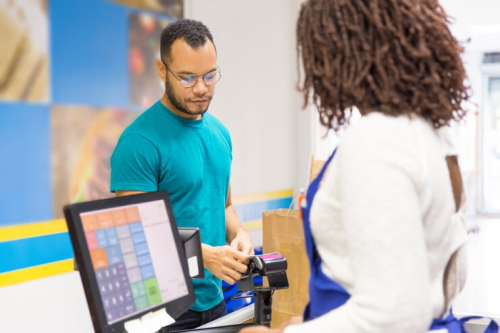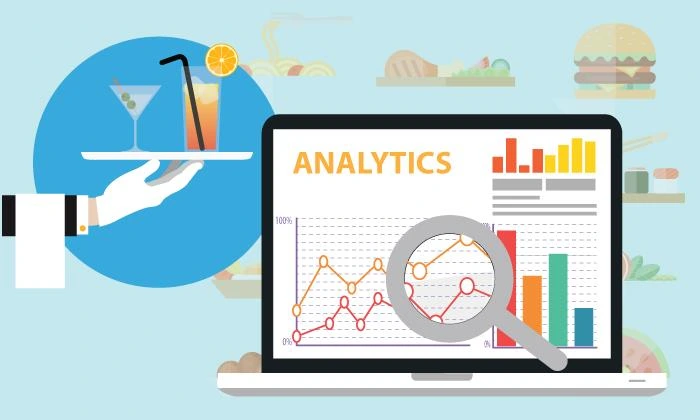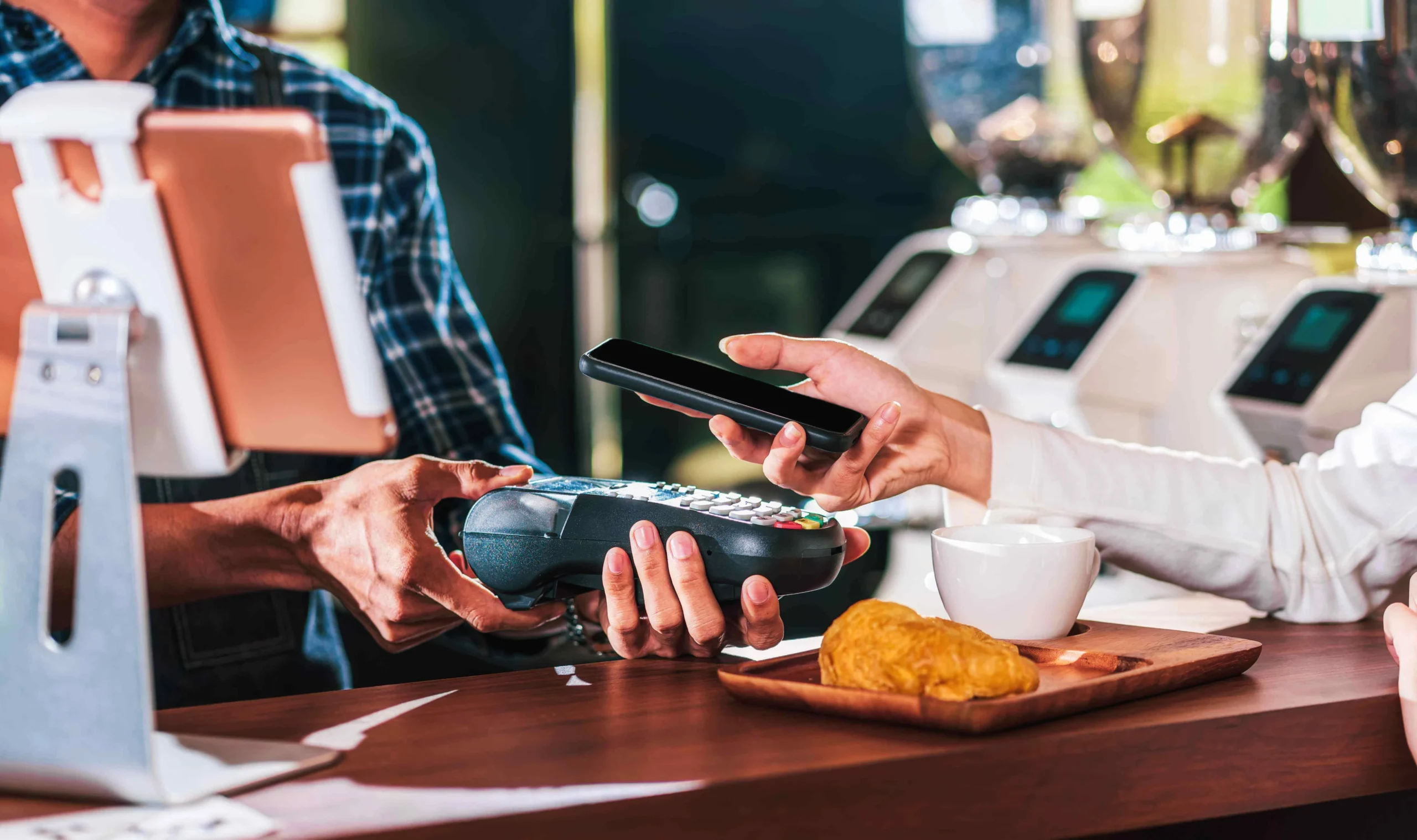Quick Listen:
The restaurant kitchen is a high-stakes arena where chaos meets creativity. Amid the clatter of pans, shouted orders, and unrelenting time pressure, back-of-house (BOH) teams transform raw ingredients into culinary masterpieces. Yet, a transformative shift is underway behind the kitchen doors. Automation, once a distant vision, is now redefining kitchen operations not by sidelining human skill but by enhancing it. From smart inventory systems to AI-powered prep schedules, these technologies are addressing labor shortages, reducing food waste, and bolstering profitability in an industry known for its tight margins.
The need for such innovation is pressing. Rising food costs and a scarcity of skilled labor are squeezing restaurants, forcing operators to maximize efficiency. Automation is no longer a luxury reserved for corporate chains; it’s a critical tool for independent establishments as well. However, as kitchens embrace these smarter systems, key questions emerge: Can technology harmonize with the artistry of cooking? And what does this mean for the dedicated staff who keep kitchens humming?
The New Foundation of Kitchen Operations
The era of rudimentary BOH automation think basic spreadsheets for scheduling is long gone. Today’s solutions are sophisticated, predictive, and seamlessly integrated. Picture a system that anticipates your restaurant’s peak hours, forecasts inventory needs based on historical sales, and alerts you to a malfunctioning fridge all before your first cup of coffee. This is the reality of modern BOH automation, and it’s revolutionizing restaurant operations.
Workflow automation, projected to grow from USD 23.77 billion in 2025 to USD 37.45 billion by 2030 at a CAGR of 9.52%, is driven by businesses seeking operational efficiency. Restaurants, with their intricate supply chains and perishable inventories, are ideal candidates for these advancements. AI-driven prep scheduling, for instance, uses machine learning to predict busy periods, ensuring line cooks are prepared for the dinner rush. Automated inventory systems sync with point-of-sale (POS) platforms to monitor stock levels, predict shortages, and generate purchase orders autonomously.
Internet of Things (IoT) devices and smart sensors are further transforming kitchens. Imagine a walk-in cooler that sends a text alert if temperatures rise above safe levels or a spoilage monitor that detects overripe produce before it’s wasted. Cloud-based kitchen display systems (KDS) replace paper tickets, prioritizing orders on digital screens to streamline service. These tools aren’t speculative they’re already delivering measurable savings in time and resources.
Tangible Benefits in Real Kitchens
The impact of automation is evident in real-world results. A multi-unit quick-service restaurant chain reduced food waste through real-time inventory tracking and automated reordering. By identifying overstocked items and refining demand forecasts, the chain cut costs and minimized its environmental impact. Similarly, an independent fine-dining restaurant improved service speed during peak hours using a KDS, allowing servers to prioritize guest interaction over deciphering handwritten orders.
Labor optimization is another significant advantage. Smart scheduling software aligns BOH tasks with staff skills and availability, ensuring efficient staffing without excess. One operator reported reducing labor costs without layoffs by eliminating idle time. The factory automation market, expected to grow at a CAGR of 11.1% from 2025 to 2030, highlights the broader trend of automation enhancing efficiency, with applications extending into the culinary sector.
Did You Know? The global factory automation market was valued at USD 36.01 billion in 2024, with North America holding a 27% share, driven by demand for operational efficiency and autonomous systems.
Challenges on the Path to Automation
Despite its promise, BOH automation faces obstacles. Cost is a primary barrier, particularly for small, independent restaurants. Implementing a comprehensive inventory system or IoT infrastructure can cost tens of thousands of dollars, a daunting investment for operators with limited budgets. Integration challenges also loom large. Many kitchens rely on outdated POS systems that struggle to interface with modern automation tools, often requiring costly custom solutions or consultants.
Staff resistance is another hurdle. Kitchen teams, already stretched thin, may resist adopting new systems if training is insufficient or feels burdensome. Moreover, over-reliance on technology carries risks. A power outage or software failure can paralyze a digital kitchen without a manual backup. One restaurateur faced this reality when a KDS crash forced her team to reconstruct orders from memory, underscoring the need for contingency plans.
The Rewards: Efficiency, Insight, and Compliance
The benefits of automation outweigh the challenges for those who navigate the transition wisely. Labor efficiency improves as automated task management reduces idle time, allowing cooks to focus on culinary craft. Throughput increases, enabling kitchens to serve more customers faster, even during peak hours. Food cost management also improves, with precise tracking minimizing spoilage, over-ordering, and theft a persistent issue in high-turnover environments.
Compliance with food safety regulations becomes more manageable with digital checklists and real-time alerts, reducing the risk of health code violations. The industrial automation market, projected to reach USD 336.25 billion by 2030 at a CAGR of 8.77%, reflects automation’s role in enhancing competitiveness. For restaurants, this translates to real-time dashboards offering insights into sales trends, labor costs, and inventory levels, empowering data-driven decisions on purchasing, staffing, and menu pricing.
The Future of the Smart Kitchen
The horizon for BOH automation is both exciting and transformative. Predictive automation, powered by machine learning, is poised to plan entire service shifts based on historical data and real-time variables. Such systems could adjust portion sizes to minimize waste or propose menu specials based on surplus ingredients. The manufacturing automation market, valued at USD 12.28 billion in 2023 and growing at a CAGR of 9.7%, underscores the role of AI and robotics in streamlining processes, a trend increasingly relevant to restaurants.
Industry experts recommend starting with scalable solutions like inventory tracking or temperature monitoring, which deliver immediate returns without overwhelming staff. Open APIs are critical for ensuring new tools integrate with existing systems, while robust staff training is essential for successful adoption. Collaborative robots, or cobots, are also gaining traction, assisting with repetitive tasks while preserving the human touch in the kitchen.
A Collaborative Future for Kitchens
Automation is not about transforming kitchens into sterile production lines. Its true value lies in eliminating inefficiencies, allowing the human elements creativity, passion, and expertise to flourish. A line cook should be refining recipes, not buried in inventory logs. A manager should be mentoring staff, not counting supplies. By removing operational friction, automation empowers kitchen teams to focus on what matters most: delivering exceptional food and experiences.
For restaurant operators, the path forward is clear: begin with targeted solutions, measure outcomes, and scale strategically. Pilot a smart inventory system or test a KDS for a month. The data is undeniable automation is enabling kitchens to operate leaner, smarter, and more resiliently. As the restaurant industry contends with rising costs and fierce competition, these technologies are no longer optional; they are the new foundation of the back-of-house. The kitchen of the future is not a robotic factory but a dynamic space where technology and humanity collaborate, plate by plate, to redefine culinary excellence.
Disclaimer: The above helpful resources content contains personal opinions and experiences. The information provided is for general knowledge and does not constitute professional advice.
You may also be interested in: The Actual Cost of Internet Outages on Restaurant Operations
Scattered systems and manual processes erode your restaurant’s margins daily. Milagro unifies POS, digital menus, online ordering, staffing, loyalty, and AI-powered marketing into one platform, slashing costs and enhancing guest loyalty. Reclaim control over operations and drive revenue growth. Streamline your workflow and elevate profitability. Schedule your Milagro demo today!
Powered by flareAI.






